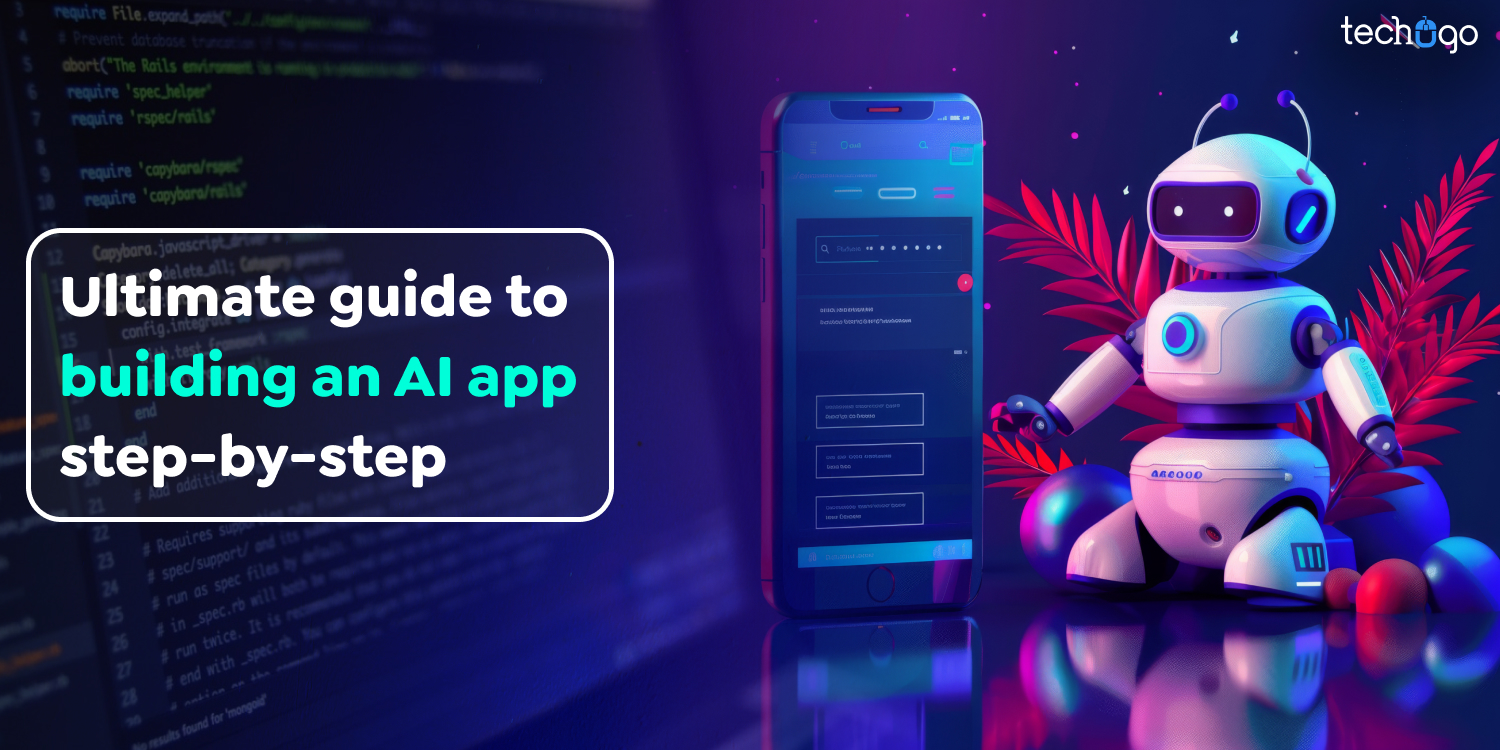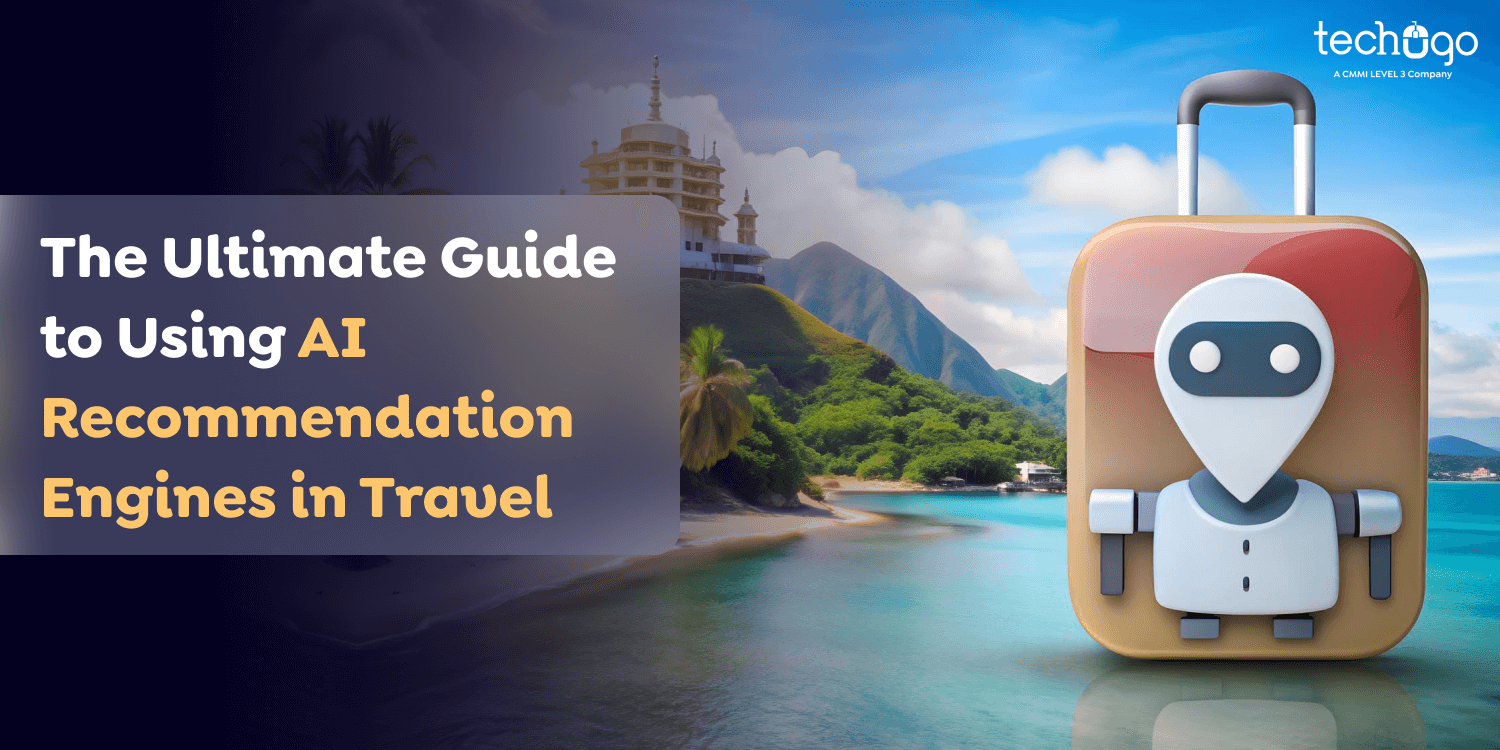28 Aug 2024
Updated on January 30th, 2025
Revolutionizing Supply Chain Efficiency: The Role of AI in Demand Forecasting
Matthew Connor
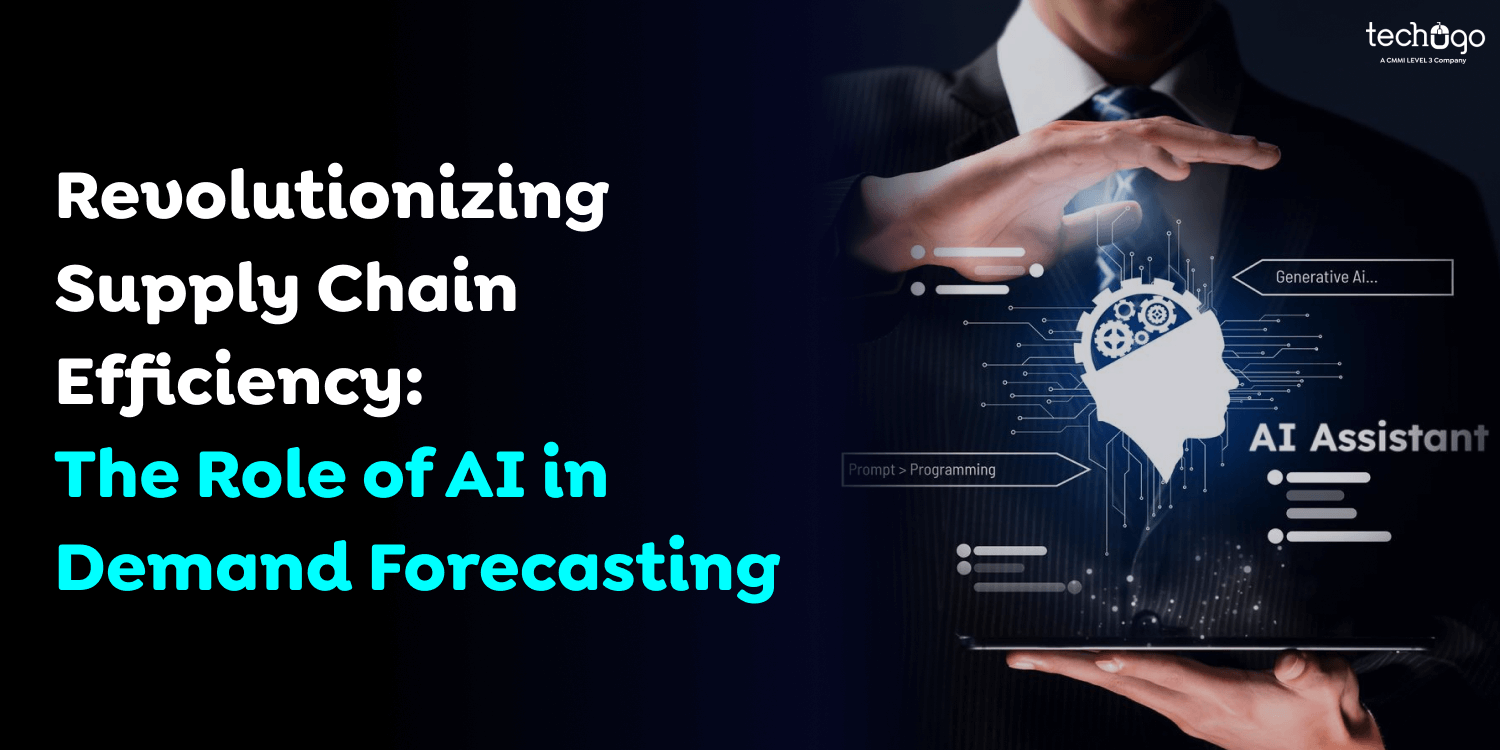
In today’s international commerce landscape, enterprises encounter notable challenges, including rapidly modifying market trends and the risk of incorrect demand, sales, and inventory forecasts, which complicate supply chain management. These forecasting inaccuracies can lead to missed possibilities, possible data breaches, and a lack of agility to adjust to moving market requirements. Such mistakes often result in considerable financial losses, lowered customer satisfaction, and operational inefficiencies.
In circumstances where customer satisfaction is essential, these problems can severely hamper a firm’s growth and success. This is where AI in demand forecasting becomes a game-changer. AI-driven solutions not only handle these challenges but also transform them into possibilities for achieving a competitive advantage. By utilizing AI in demand forecasting, firms can accurately forecast market instabilities and consumer demand, improving inventory management and enhancing overall supply chain efficiency.
Furthermore, AI in demand forecasting can greatly change logistics operations by optimizing routes, lowering delivery times, and reducing costs. In addition to operational advantages, AI improves cybersecurity by proactively determining potential threats and taking real-time measures to stop data breaches. This dual focus on efficiency and security aids enterprises to stay ahead in a highly competitive market, guaranteeing they meet customer needs while protecting their operations.
Why AI-Based Demand Forecasting is Essential Today
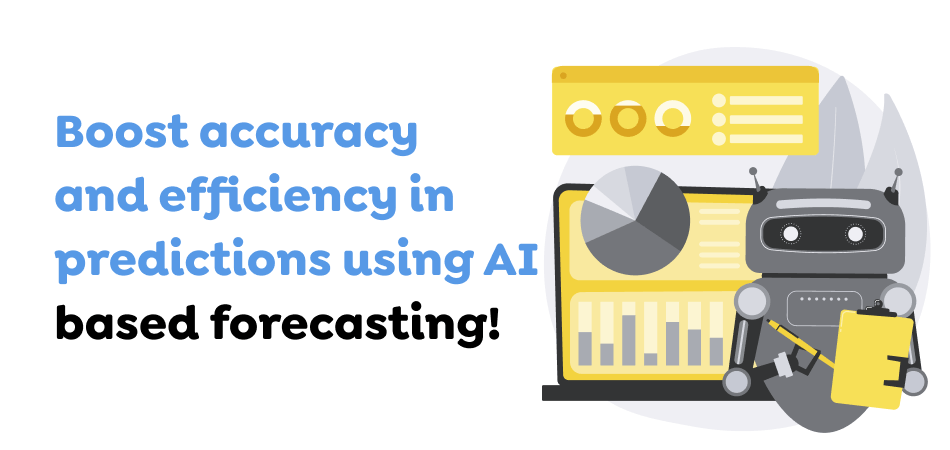
Conventional supply chain and logistics management methods are increasingly insufficient in the current competitive landscape. Advanced AI-based demand forecasting offers high predictive accuracy by processing vast datasets quickly, accounting for market dynamics, seasonal changes, promotions, and consumer behaviour shifts. Generative AI further enhances precision by tailoring predictions to individual customer preferences and real-time interactions, improving customer segmentation and product recommendations. This approach leads to better market flexibility and customer satisfaction. AI-driven forecasting can lower prediction errors by 20-50%, reduce lost sales and stockouts by up to 65%, and decrease warehousing and administrative costs. Industries like telecommunications, energy, and healthcare are already benefiting from AI-powered forecasting, seeing cost savings and improved operational resilience.
Now, let’s discuss how AI-based demand forecasting can boost your business profits and customer satisfaction.
Maximizing Business Gains with AI-Based Demand Forecasting
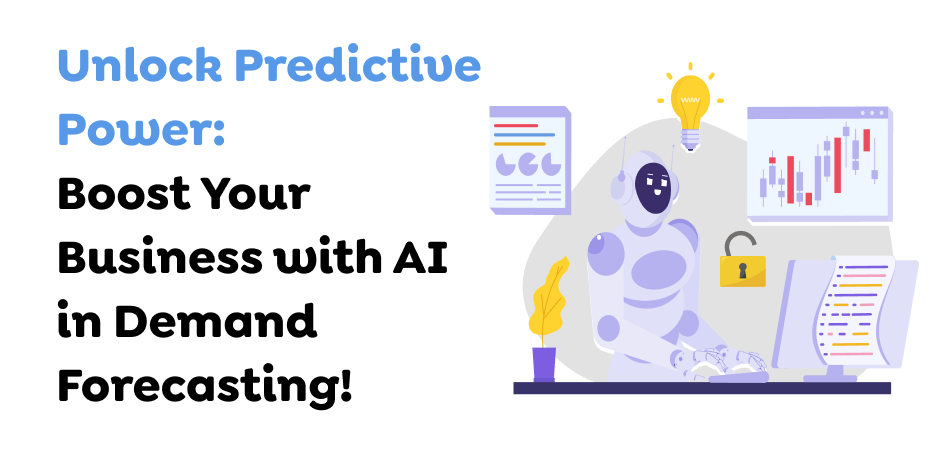
In a world where customer behaviour is increasingly inconsistent and market requirements are continuously shifting, firms are embracing Generative AI and AI-powered forecasting to increase supply chain performance. Utilizing these advanced technologies permits companies to acquire useful insights for demand planning, substantially lower operational costs, optimize inventory management, and improve overall supply chain efficiency.
-
Superior Predictive Accuracy:
AI in forecasting utilizes massive data sets and advanced formulas to predict solutions with high precision. It can reduce forecasting errors by up to 50% and optimize the supply chain to meet customer demand more efficiently and quickly.
-
Cost Savings:
Minimizing errors in the forecasting system helps the company avoid the costs of overstocking and understocking. For example, this improvement can reduce warehousing costs by 5-10% and administrative costs by 25-40%. These reductions substantially contribute to overall cost savings.
-
Streamlined Operations:
AI-driven demand forecasting automates multiple repetitive tasks, freeing up human resources to concentrate on higher-value activities. This automation can lower the time consumed on workforce management by up to 50%, thereby improving overall operational efficiency.
-
Higher Customer Satisfaction:
Precise demand forecasting guarantees that products are available when consumers require them, significantly lowering the probabilities of lost sales and failure to respond to altering consumer preferences. This accuracy can diminish product shortages by up to 65%, leading to enhanced customer satisfaction, engagement, and loyalty.
-
Dynamic, Real-Time Insights:
AI ensures the constant assessment of various sources of information such as the trends in social media platforms, market trends, email interactions, and economic indicators, among others. This real-time monitoring helps businesses to get updated information, which would assist them in changing their strategies in line with emerging market conditions.
-
Empowered Strategic Decisions:
AI-based demand planning is useful in understanding the trends prevailing in the market and consumer trend analysis. With this knowledge, companies can make informed decisions based on data that will enhance their chances of implementing a good strategy and thus compete effectively.
-
Customized Demand Forecasting:
It helps build demand plans for products using available customer records, grooming, and current engagements. This makes generative AI in demand planning unique. This tactic optimizes consumer targeting and enhances product positioning to meet buyers’ demands. AI in demand forecasting is not just a technological change; it’s a strategic move that alters how organizations do business. It makes them more reliable, effective, and competitive.
Moving forward, let’s explore how AI-based demand forecasting is revolutionizing various sectors.
AI-Based Demand Forecasting Across Various Sectors

AI-driven forecasting brings creative approaches to anticipate future trends, improve operational efficiency, automate repetitive tasks, lower costs, and improve productivity. By leveraging the capacity of AI for need planning, firms can achieve actionable insights, determine areas for progress, and make knowledgeable judgments in real time.
Below are some industry-specific examples that highlight how leading global organizations use AI to revolutionize their supply chain management.
Retail and eCommerce
Demand forecasting through the incorporation of AI helps retail/eCommerce industries to increase performance standards and satisfy their customers. Due to AI’s applicability in the analysis of large sets of data, it assists companies in managing their supply chains more efficiently and developing tailored and targeted markets for their products based on the needs and wants of the customer.
-
Optimized Inventory Levels:
AI in demand forecasting will help retailers control their stock levels with minimal chances of running out of stock or ordering excess stock.
-
Targeted Marketing Campaigns:
It also helps in consumer behaviour analysis which in turn helps to predict the next possible buying behaviour hence making marketing and influencing more effective.
-
Dynamic Pricing Models:
AI allows real-time price adjustments based on demand forecasts, optimizing revenue and maintaining competitive advantages.
Manufacturing
In manufacturing, AI in demand forecasting is crucial for enhancing efficiency and effectiveness. It improves production calendars and supply chain management. This technology helps manufacturers gain the flexibility to meet market demands without compromising product quality.
-
Seasonal Demand Insights:
AI uses past sales information to identify seasonal patterns hence allowing manufacturers to prepare in advance for the change in demand.
-
Supply Chain Efficiency:
The integration of AI in the supply chain enables foresight in the supply of raw materials thus reducing disruption of the production process.
-
Production Optimization:
AI enhances the forecast of the demand for the finished products, enabling producers the manage operations schedules, time and quality.
Automotive
Demand forecasting through AI contributes to the enhancement of the automotive industry massively since it enhances numerous areas, but not limited to production and, or sales. By effectively managing stock the use of AI promotes customer satisfaction through efficient use of available resources. Key AI applications in the automotive industry include:
-
Spare Parts Management:
AI predicts the demand for spare parts and enables automotive firms to have appropriate inventory levels for these parts.
-
Sales Forecasting:
AI also looks into the market trends to forecast the sales of vehicles and thus leads to the planning of production and managing the dealer’s inventories more effectively.
-
Aftermarket Service Predictions:
AI can predict the need for the maintenance and repair service hence optimizing resources and customers.
Healthcare
Applying AI in demand forecasting for managing healthcare organizations helps increase patient satisfaction and makes significant changes in internal efficiency by providing appropriate supplies when they are necessary and hiring adequate staff. Moreover, it helps in addressing the patient’s needs promptly and sorting out the supply chain issues conveniently.
-
Resource Allocation:
By analyzing patient admission rates, seasonal changes, and disease outbreaks, AI forecasts the demand for hospital beds and staffing, ensuring that healthcare facilities are adequately prepared.
-
Pharmaceutical Demand Prediction:
AI improves the manufacture and delivery of medicines that help to overcome the problems of shortage and non–availability of essential drugs.
-
Customized Healthcare:
Implementing power AI capabilities in patient data analysis, to identify needs for unique medicines, that would have helped with more appropriate approaches to the case.
Energy
Using demand forecasting, the energy sector gains advantages in the supply and demand relationship, stability, and assistance in the integration of renewable energy. Key use cases include:
-
Maintenance Planning:
AI applies historical data as well as live data to estimate the probable maintenance challenges and, it schedules maintenance activities to prevent equipment breakdown.
-
EV Charging Demand:
AI predicts the usage of EV charging by considering records of consumption, activities, and climate conditions assisting station providers to their best place and time.
-
Renewable Energy Forecasting:
AI uses analytical models to forecast generation and consumption. This aids in managing the integration of renewable energy resources into the grid, ensuring a sustainable system.
AI-based demand forecasting benefits industries by identifying operational improvements, cutting costs, and enhancing long-term business performance.
Let’s discuss the key steps for implementing AI in demand forecasting. This ensures seamless integration, optimal performance, and tangible business benefits.
Effective Implementation of AI for Demand Forecasting
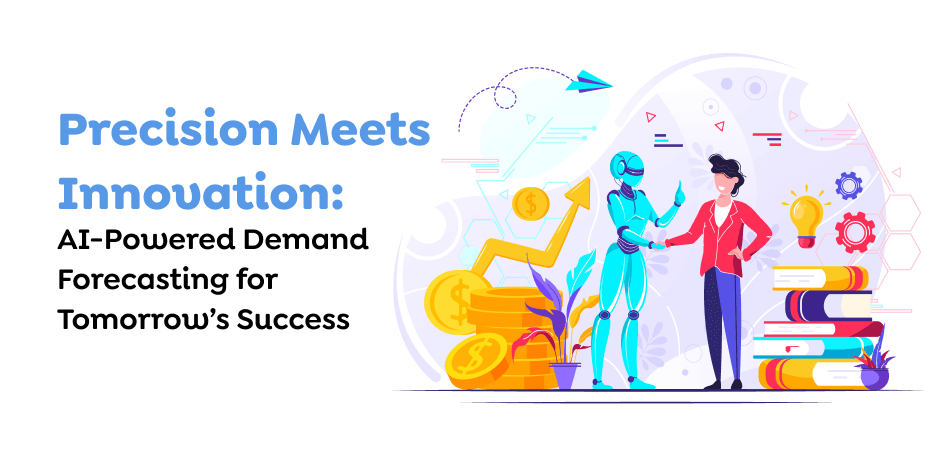
To successfully integrate AI into demand forecasting, a strategic approach is essential. This involves several critical steps to ensure smooth incorporation and optimal performance of AI systems within existing frameworks. Here’s a step-by-step guide to effectively implementing AI for demand forecasting:
-
Define Goals and Objectives:
The first and basic process to follow when implementing AI is to identify the goals that will help support the organization’s strategy when using demand forecasting. Consider what you want to accomplish: improve sales forecast, manage inventory, enhance operating intensity, etc. Decide on the particular domains or goods wherein AI’s effect can be most significant to optimise the application’s efficiency.
-
Data Acquisition and Preparation:
One of the main requirements of successful AI forecasting is data quality. Collect lots of information from all kinds of sources such as previous sales records, present market conditions, customers’ buying behaviours, and other factors like economic or weather conditions etc. To make meaningful ensure that data was cleaned and preprocessed for relevancy. Good quality of data is very vital when it comes to the implementation of AI in forecasting systems.
-
Choose Suitable AI Models:
There are a lot of ways of approaching the demand forecasting problem and choosing the proper AI algorithms. Select the models depending on the nature of the data and the particularities of forecasting conditions. Some of the AI techniques used include regression analysis techniques, neural network techniques, decision trees and time series forecasting. All of these models have their advantages, so the selection of appropriate models depends on the nature of the data and its complexity.
-
Develop and Train AI Models:
The process of designing an AI model requires creating highly effective forms of analysis that will help the model process extensive amounts of data in a non-error manner. On the UI/UX design strategy, it would be important to aim at making the model as easy to use as possible. Train the model using historical data to identify significant patterns and trends. Use rigorous testing and cross-validation methods to ensure the model’s accuracy and reliability.
-
Integration and Implementation:
Ensure the AI forecasting model is well embedded with other supply chain management systems or enterprise resource planning (ERP) systems. This step makes the output of the AI-driven forecasts actionable. Consult with the professionals in AI development to guarantee a seamless integration approach, which is correctly aligned to the current framework that the model will operate on.
-
Ensure Ethical and Regulatory Compliance:
Sticking to ethical standards and regulatory conditions is important when enforcing AI for demand forecasting. Be clear about how the AI model works and what rules of reasoning the AI model obeys while making choices about some intent. Adherence to data privacy laws including the GDPR is crucial since they ensure that user data is safe.
-
Monitor and Refine Continuously:
Constant analysis of the AI model’s performance is required to ensure optimal results. This information should be routinely cross-checked for any deviations or issues. Feedback can then be used to improve the model iteratively, making it more accurate and adaptable over time.
Now let’s explore how Techugo’s AI-based demand forecasting can revolutionize your business operations and boost efficiency.
Techugo – Your Expert Partner in AI-Based Demand Forecasting
As a premier mobile app development company in Canada, Techugo specializes in state-of-the-art Artificial Intelligence solutions for demand forecasting. We use the latest in machine learning and deep learning to create tailored AI models for your specific needs. Our team ensures seamless integration with your existing systems. We provide detailed insights into effective decision-making and supply chain optimization.
By partnering with Techugo, you can completely harness the powers of AI-based demand forecasting. We deliver expert guidance and creative solutions to promote your forecasting precision and drive business evolution.
Conclusion
In conclusion, integrating AI in demand forecasting is essential for firms aiming to succeed in today’s dynamic market. By leveraging AI technologies such as machine learning, natural language processing, and real-time data integration, companies can transform their supply chain operations. This enhances forecasting accuracy and drives significant cost savings. Adopting these innovations also reduces the risks associated with traditional forecasting methods. Moreover, it positions businesses for sustainable growth and a competitive advantage. Techugo’s expertise in AI-based solutions ensures your organization can navigate these complexities with confidence, achieving operational excellence and maximizing profitability.
Get in touch with us today to start your journey towards innovation and excellence.
Get In touch
We are excited to here from you and let’s start something special Together. Call Us for any inquiry.
Write us
sales@techugo.caJust a call away
About you

